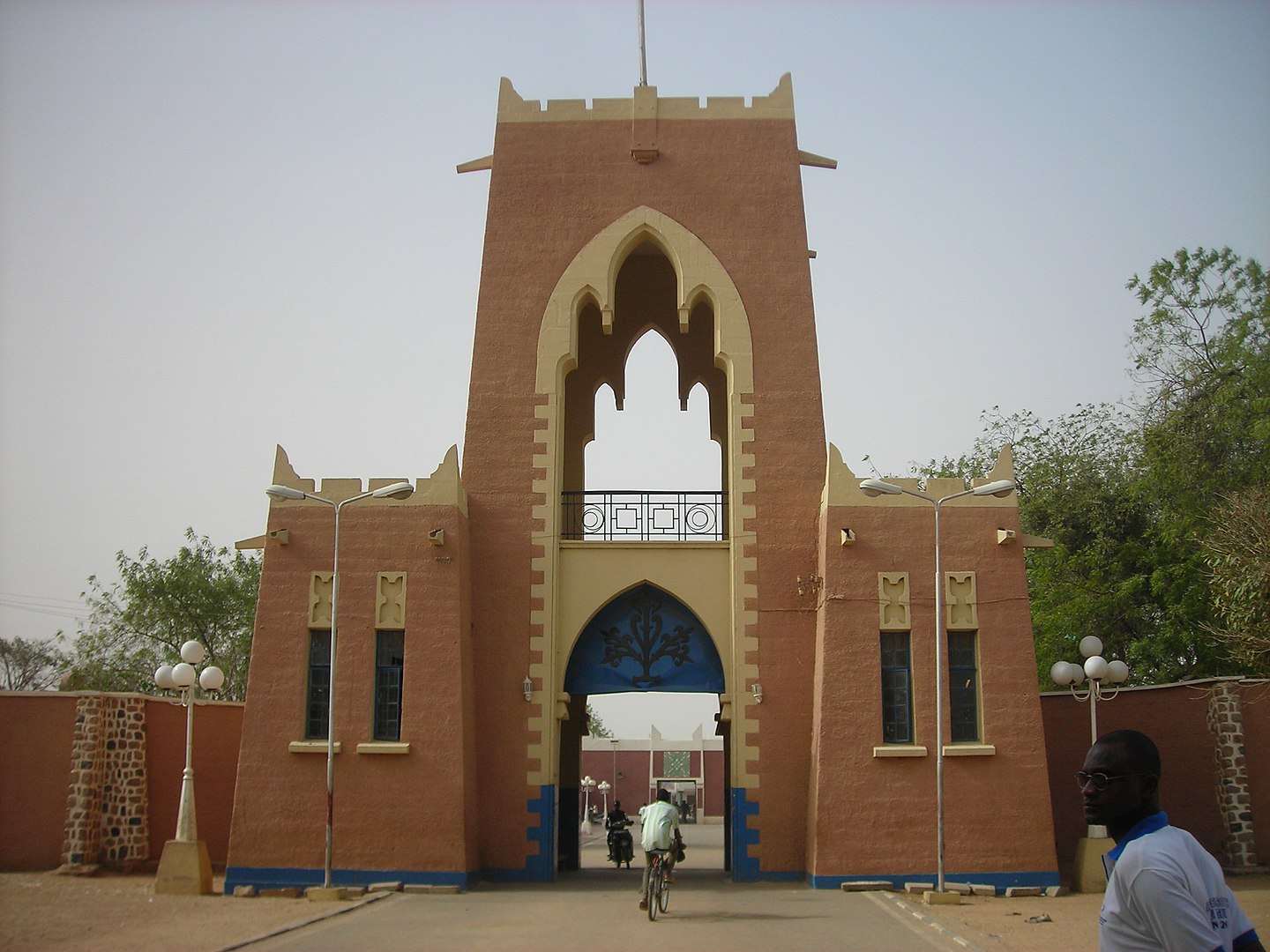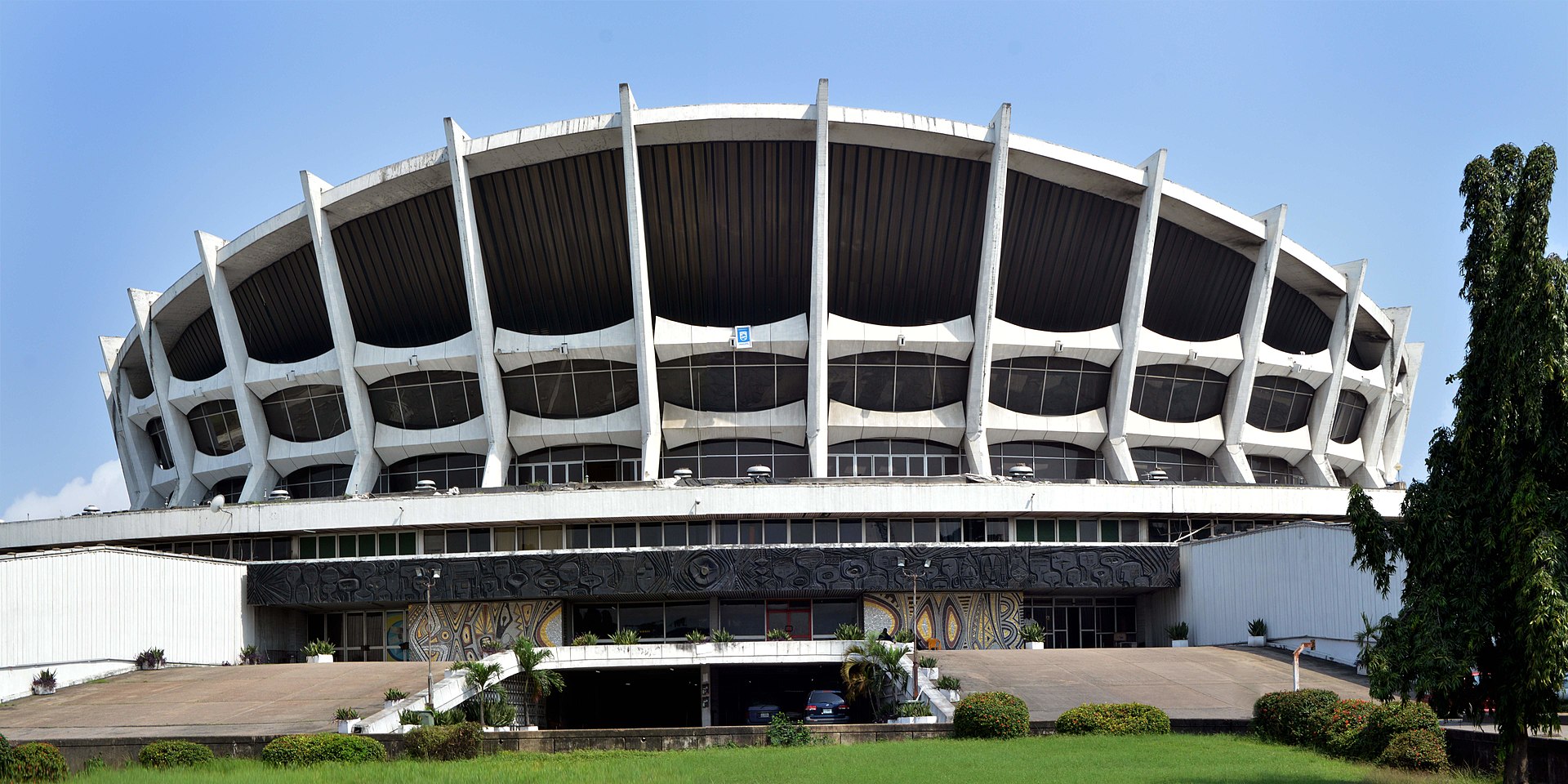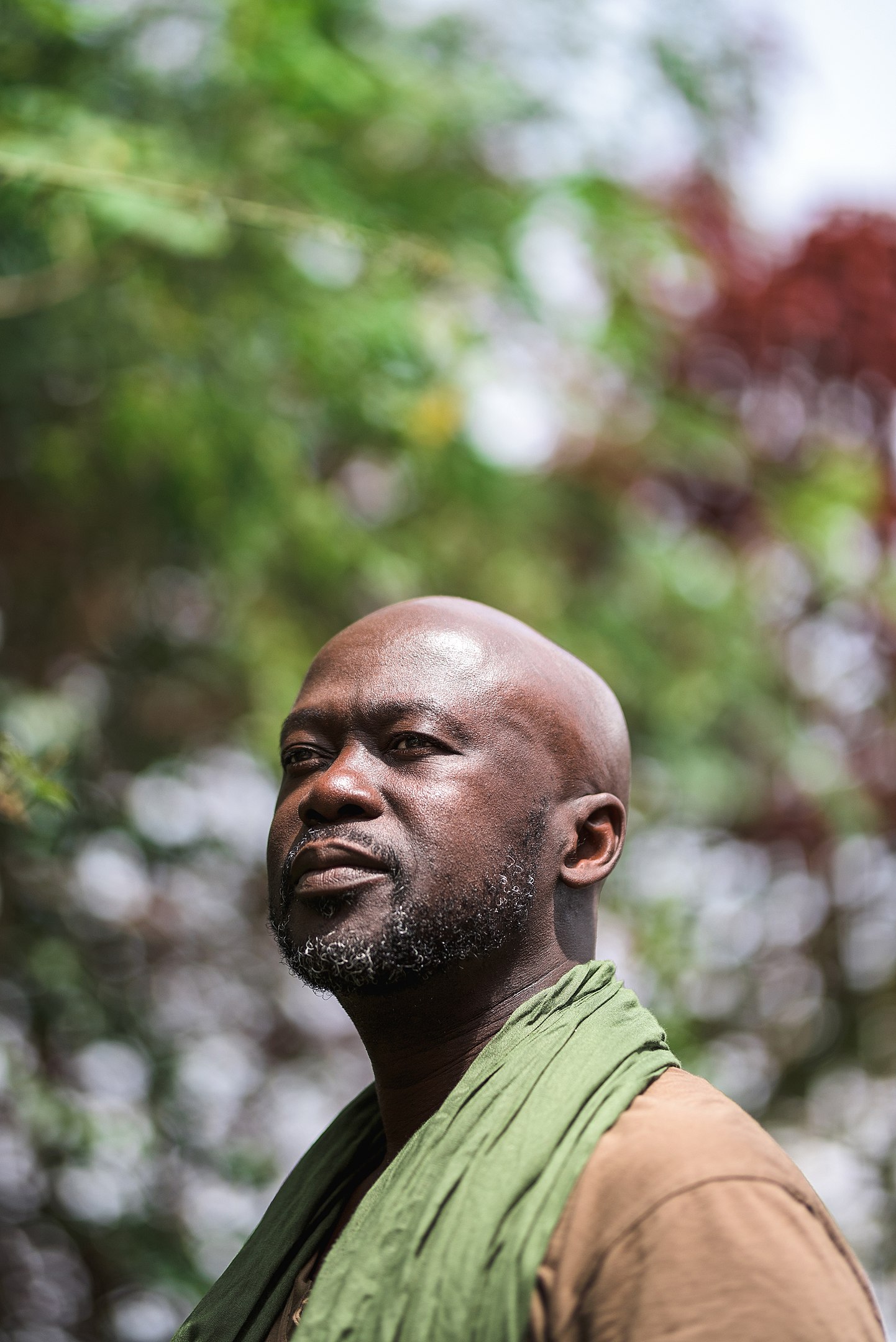
Nigeria is a country known for its vibrant culture and diversity. It is also home to some of the most unique and impressive architectural structures on the African continent.
From ancient structures to modern designs, Nigerian architectureis a reflection of the country's rich history and culture. In this article, we will explore the different types of architecture found in Nigeria.
Colonial Architecture
Nigeria was a British colony until 1960, and as a result, colonial architecture can be found in many parts of the country. The structures are built in a European style with large windows, columns, and arches. You can see some example of colonial architecture in Africa visiting CAM (commercial architecture magazine) and reading their latest articles.
Traditional Architecture
Traditional Nigerian architecture is characterized by the use of locally sourced materials such as mud, clay, and thatch. The designs of these structures vary depending on the region, with each region having its own unique style.
Some of the most famous traditional Nigerian architectural designs include the Hausa-Fulani, Yoruba, and Igbo styles.
Hausa-Fulani Architecture
The Hausa-Fulanistyle of architecture is found in the northern part of Nigeria and is characterized by the use of mud bricks, clay plastering, and thatched roofing. The buildings are designed with open courtyards and narrow windows to keep the interiors cool in the hot desert climate.
Yoruba Architecture
Yoruba architecture is found in the southwestern part of Nigeria and is known for its intricate carvings and decorations. The structures are made from mud, but some are built with stone and brick. The roofs are typically made from thatch or corrugated iron sheets.
Igbo Architecture
Igbo architecture is found in the southeastern part of Nigeria and is characterized by the use of mud, wood, and palm fronds. The buildings are designed with a central courtyard and are usually decorated with colorful murals and carvings.
Masquerade Architecture
Masquerade architecture is a unique form of traditional architecture in Nigeria that is associated with cultural and religious festivals.
Hausa Architecture
Hausa architecture is a distinctive style of traditional architecture in Nigeria that is predominantly found in the northern region of the country.
Their art present some unique features and elements of Hausa architecture, such as the use of mud and clay, and discuss how it reflects the blending of Islamic and African architectural traditions.
Modern Architecture
Modern architecture is becoming more prevalent in Nigeria, with many modern structures being built in major cities such as Lagos and Abuja. These structures are designed with steel, concrete, and glass and are often influenced by western architectural styles.
National Arts Theatre
The National Arts Theatre in Lagos is an example of modern Nigerian architecture. It was designed by a Bulgarian architect and is one of the largest cultural centers in Africa.
Eko Tower
The Eko Tower in Lagos is a modern skyscraper that stands at 110 meters tall. It was designed by a Nigerian architect and is one of the tallest buildings in Nigeria.
Influences On Nigerian Architecture
Nigerian architecture has been influenced by a variety of factors, including the country's history, climate, and available materials. This section could explore some of these influences in more detail.
Waste Reduction And Management
The construction and use of buildings generate a significant amount of waste, but architects can take steps to reduce waste and manage it more effectively.
Sustainable Transportation And Urban Planning
Transportation is a major contributor to carbon emissions and air pollution, and architects can play a role in promoting sustainable transportation and urban planning.
Green Spaces And Biodiversity
Green spaces are essential for human healthand the environment, but they are often overlooked in urban development. To promote biodiversity and mitigate the environmental impact of architecture, architects can incorporate green spaces into their designs.
Water Conservation And Management
Water is a scarce resource in Nigeria, and buildings consume a significant amount of water. To reduce the environmental impact of architecture, architects can design buildings that use water more efficiently and manage water resources more effectively.
Sustainable Materials And Construction Techniques
The construction industry is a significant contributor to waste generation and carbon emissions. To address this issue, architects can incorporate sustainable materials and construction techniques into their designs.
Best Nigerian Architects
Nigeria has produced many talented architects who have made a significant impact on the industry.
Demas Nwoko
Demas Nwoko is one of Nigeria's most renowned architects and is known for his pioneering work in modern Nigerian architecture. We will explore some of his most significant projects, such as the University of Ibadan Arts Theatre and the National Arts Theatre in Lagos, and discuss his unique approach to design.
Olajumoke Adenowo
Olajumoke Adenowo is a Nigerian architect, author, and public speaker who is recognized for her exceptional work in the industry. We will examine some of her most significant projects, such as the design of the new Central Bank of Nigeria headquarters and the Porsche Design Towers in Dubai, and discuss her advocacy for women in architecture.
Tosin Oshinowo
Tosin Oshinowo is an award-winning Nigerian architect and founder of cmDesign Atelier. We have to take a closer look at some of her most significant projects, such as the Maryland Mall and the Nigerian Pavilion for the Dubai Expo 2020, and discuss her commitment to creating innovative and sustainable designs.
Kunle Adeyemi
Kunle Adeyemi is a Nigerian architect and founder of NLE, an architecture, design, and urbanism practice based in Amsterdam and Lagos.
We will delve into some of his most significant projects, such as the Makoko Floating School and the Chicoco Radio Media Centre, and discuss his approach to combining sustainability and social responsibility in his designs.
David Adjaye
David Adjaye is a Nigerian-British architect who has achieved international recognition for his exceptional work in the industry.
His most significant projects, are the Smithsonian National Museum of African American History and Culture in Washington, D.C., and the UK Holocaust Memorial and Learning Centre, and discuss his contributions to contemporary architecture.
People Also Ask
What Is Nigeria Traditional Architecture?
Most of the buildings are made of mud and have thatched roofs. This style of building shows that a lot of thought went into the choice of materials, which are easy to find and work well in our tropical climate. The Hausa, Igbo, and Yoruba are three of the best-known tribes, and their buildings are well-known and interesting.
What Are The Building Styles In Nigeria?
- Neoclassical.
- Victorian.
- Modern.
- Postmodern.
- Eclectic.
What Is International Style Of Architecture In Nigeria?
It has mostly white walls, simple geometric shapes, and a focus on functionality and minimalism. It grew out of the industrialization of materials in the 1800s, like concrete, glass, and especially steel.
Conclusion
Nigerian architecture is a reflection of the country's rich history and culture. Traditional, colonial, and modern styles can be found throughout the country, each with its own unique characteristics.
As Nigeria continues to develop and grow, it will be interesting to see how architecture in the country evolves to reflect its changing landscape and culture.



